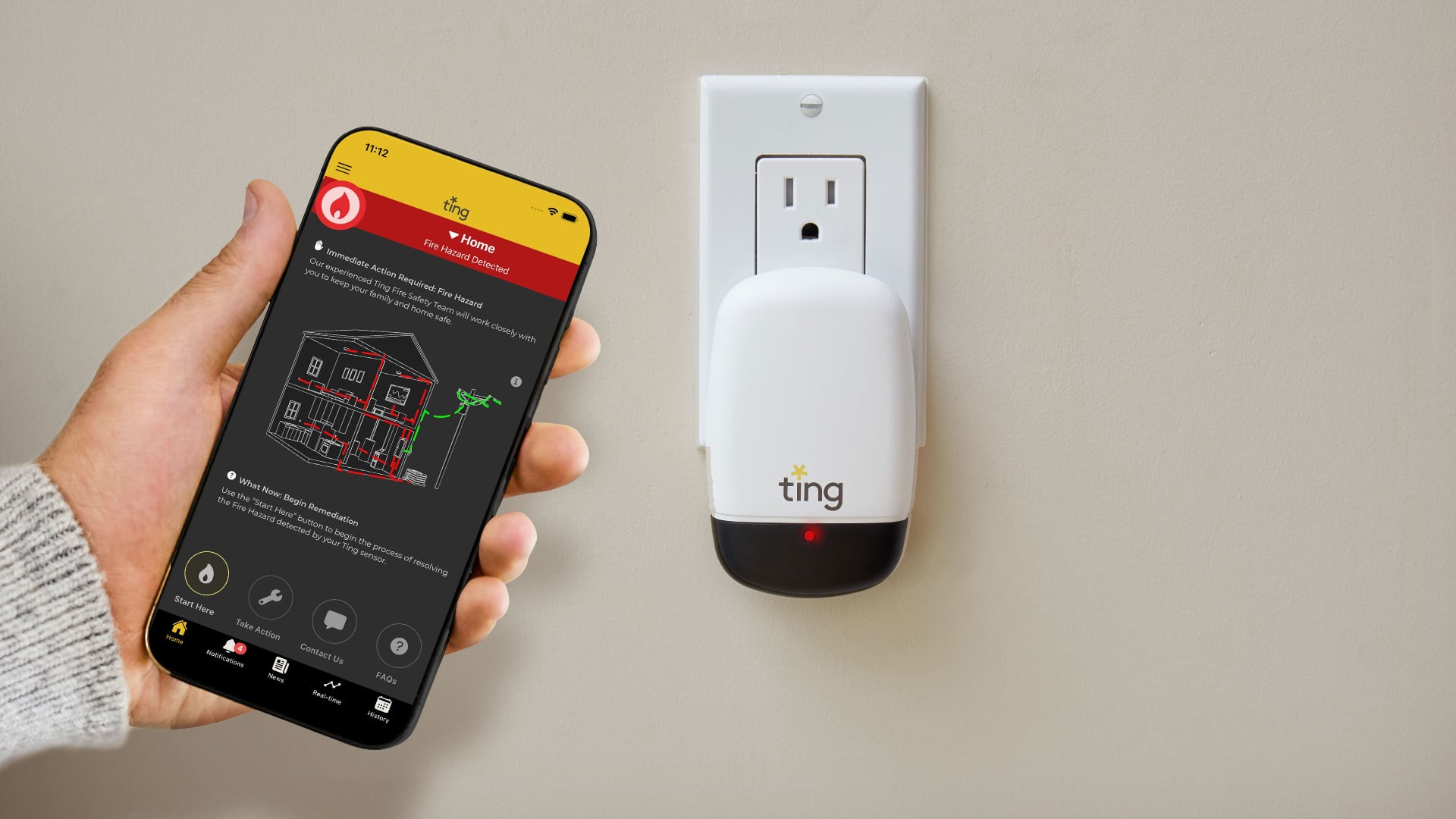**REPORTER'S NOTEBOOK** *By Hope King* Microsoft's fall Surface event on Tuesday came with a surprise: headphones. The company's newly announced Surface Headphones represent the first audio device in the Surface lineup. I tried them on for a few minutes Tuesday evening ー the company hit it out of the gate; they're great. The headphones are comfortable, they look good, they're wireless, and they cancel noise extremely well. Trouble is ー the same can be said for many over-the-ear headphones. I'm thinking about ones from Beats ー owned by Apple ー and Bose specifically. (Well, maybe not so much the good looking part for my old [Bose QC15](https://www.ebay.com/bhp/bose-headphones-qc15) headphones.) What makes Microsoft's ($MSFT) wireless Bluetooth Surface Headphones stand out is the adjustable, built-in dial on the outside of each ear cup. That's right. To adjust the volume of whatever conference call you're on ー or show or song you're streaming ー you simply have to turn the dial on the right headphone. To adjust the level of noise cancellation, you turn the dial on the left headphone. The design feature is simply so intuitive that I was immediately delighted and perplexed at the same time. The joy stemmed from the fact that I felt like I had more control over audio features than I normally do with wireless headphones. There's a fluidity to shaping your finger and hand around a dial and turning. I think it requires less energy and thought compared to pressing down on a button a few times to gain a specific outcome. There's also no need to remember where buttons are and what they do. My confusion came from a place of ignorance. Has there never really been a pair of headphones where you can adjust the volumes in this way? I'm not a product reviewer by trade. My friends over at The Verge, CNET, and WSJ have way more experience and history tracking this stuff, but as a decently well-informed consumer who happens to cover a lot of tech for her job, I can't recall interacting with a more comfortable and streamlined personal audio product. In addition to the built-in dials, Microsoft's Surface Headphones also sport touch controls to stop or skip tracks, answer calls, and even launch Cortana, Microsoft's voice assistant. The product also has a USB Type C port for charging and a 3.5mm line-in. Battery life is said to be 15 hours on Bluetooth, or 50 hours when wired in. CNET says Microsoft has been [developing the device for three years](https://www.cnet.com/reviews/microsoft-surface-headphones-preview/?ftag=COS-05-10aaa0b&linkId=57657769) and that they are meant to compete with similar Bose and Sony ($SNE) headphones. At $350, Microsoft Surface Headphones sure fit in with premium noise-canceling offerings, but why is Microsoft even venturing into this space? Like Apple ($AAPL), Microsoft is branching out its hardware business to make its core products more attractive. The Surface Headphones are meant to work with Surface laptops but can also work with any other mobile Bluetooth device ー iPhones, Androids, other laptops. Surface branded devices have helped Microsoft's overall bottom line meaningfully in the past few years. Most recently Surface revenue for the quarter ending in June [grew 25 percent](https://www.microsoft.com/en-us/Investor/earnings/FY-2018-Q4/press-release-webcast) from the previous year. Hardware makers walk a fine line between designing for novelty (and borderline gimmicky) and designing for utility. Microsoft, as a relative newcomer, has walked this line surprisingly well. The Alcantara, or suede-like covering, on some of the keyboards for Surface laptops is one example. The ergonomic and adjustable Surface Arc mouse is another. And the Surface Headphones is just the latest. Microsoft's Surface Headphones are available for pre-order November 15 and will ship later this year. Microsoft on Tuesday also announced three new computers in its Surface line: the Surface Pro 6, Surface Laptop 2, and Surface Studio 2. The first two devices now come in an all new color ー matte black ー and feature a new Intel 8th Gen Quad Core Processor, to run applications 67 percent faster, Microsoft says. The 12.3-inch Surface Pro 6 starts at $899 ー pre-order is open now, and it's available on October 16th. The 13.5-inch Surface Laptop 2 starts at $999 and has same availability timeline. The Surface Studio 2 is Microsoft's 28-inch screen desktop and has a starting price $3,499. For full interview [click here](https://cheddar.com/videos/microsoft-debuts-new-surface-products-including-headphones). *Correction: Previous version of story indicated Surface Headphones were available now. They will be available for pre-order November 15.*












